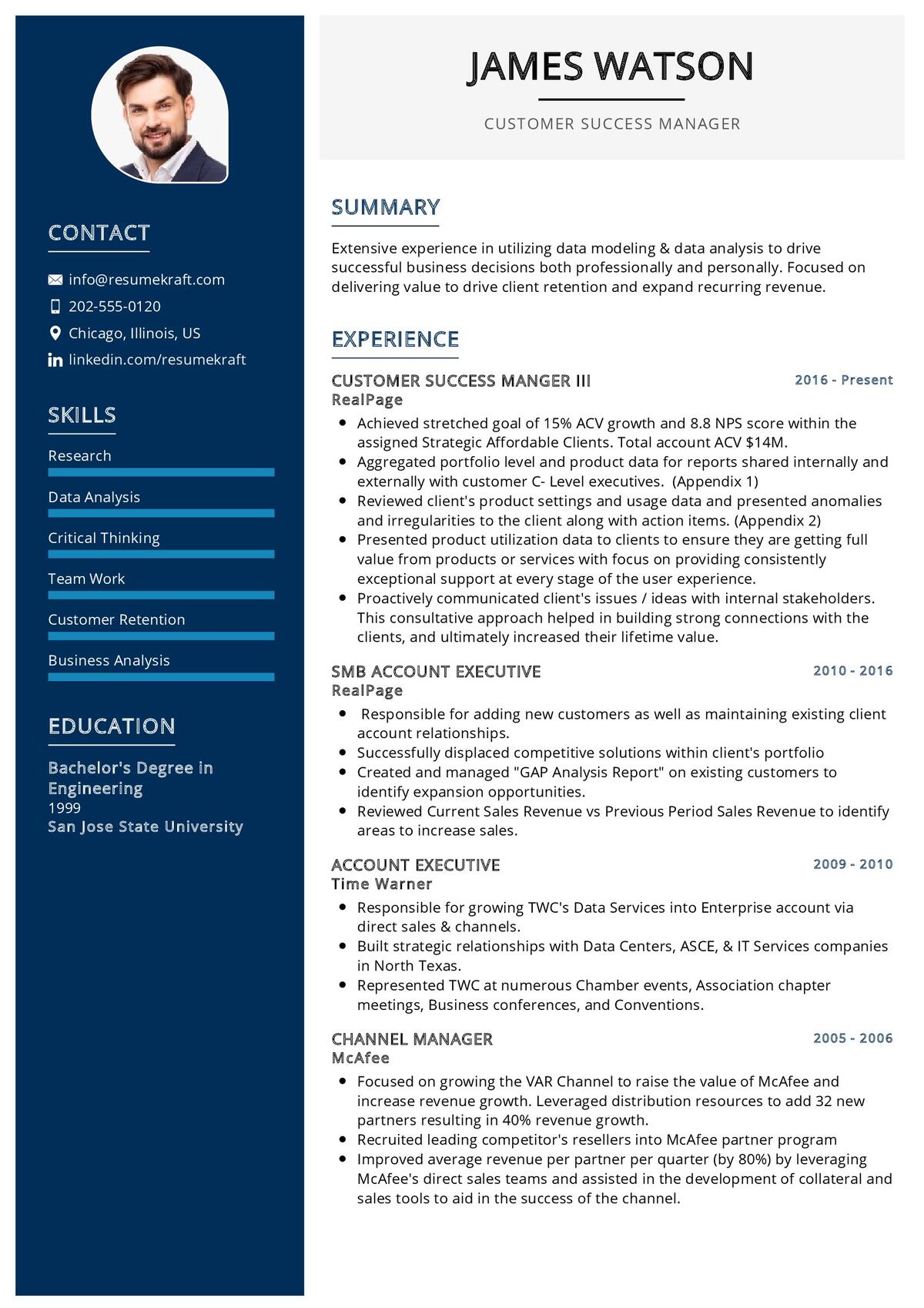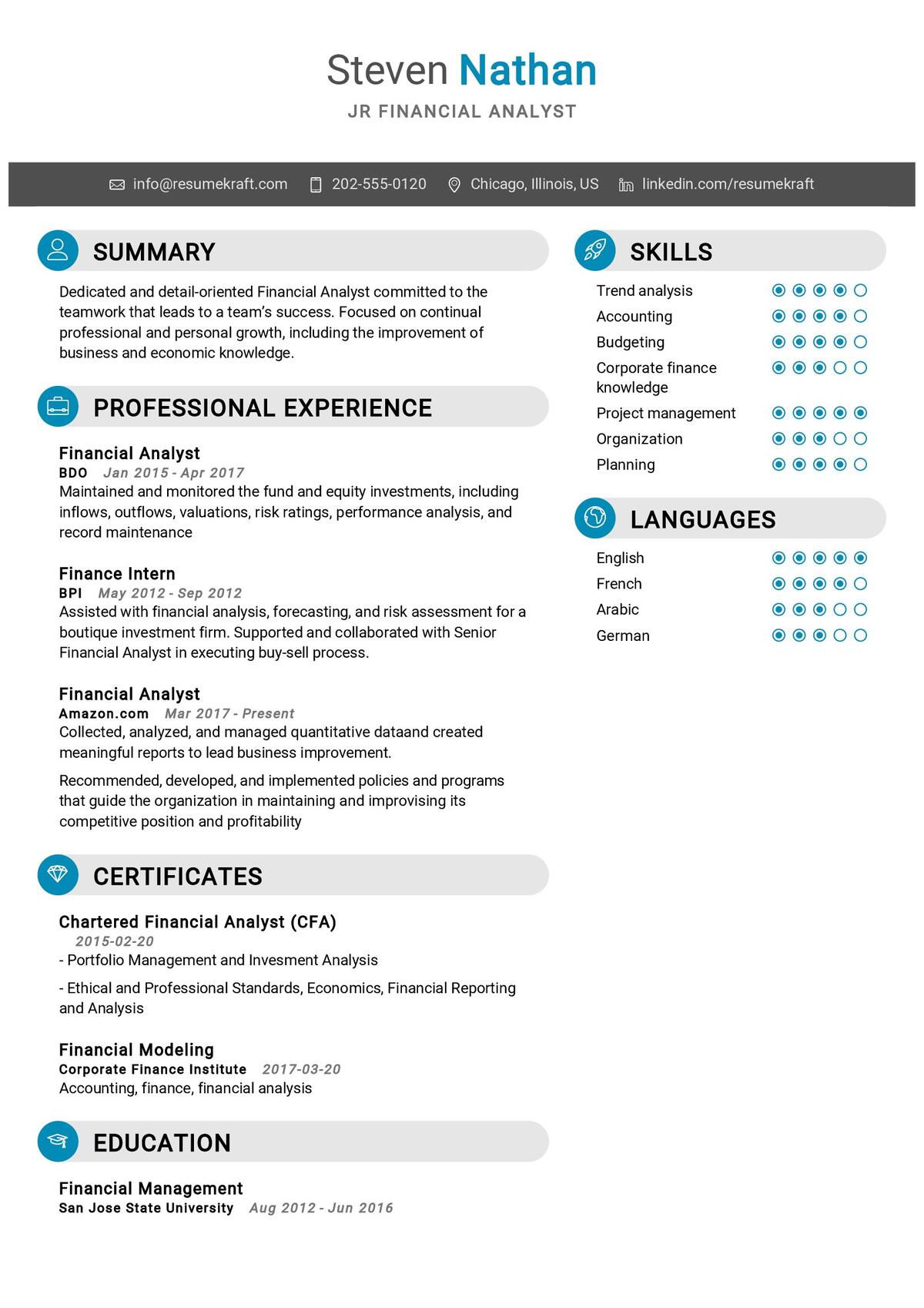
Becoming a Solutions Architect at Meta is an exciting opportunity for individuals who have both technical expertise and strategic business acumen. Solutions Architects play a critical role in designing systems and technology strategies that align with Meta’s goals while addressing client needs. The interview process for this position is competitive, as Meta seeks individuals who not only possess in-depth technical knowledge but also demonstrate creativity, problem-solving abilities, and effective communication skills.
In this article, we will cover the top 36 Meta Solutions Architect interview questions. Each question is followed by a well-rounded answer that includes a detailed explanation. These questions will help you prepare thoroughly and increase your chances of success in your Meta interview process.
Top 36 Meta Solutions Architect Interview Questions
1. What is your experience with cloud architecture, and which platforms have you worked with?
A solutions architect must be proficient in cloud platforms such as AWS, Google Cloud, and Azure. I have experience working with all three platforms, designing scalable and resilient systems, and integrating these services with business needs. I understand the nuances of each platform and can apply them according to the requirements of the organization.
Explanation: Cloud architecture experience is critical for a solutions architect, as Meta relies heavily on scalable and efficient cloud infrastructures.
2. How would you approach designing a system that needs to handle millions of requests per second?
To handle millions of requests per second, I would design a distributed system that employs load balancers, auto-scaling, caching mechanisms, and a microservices architecture. The use of a content delivery network (CDN) would also ensure that static content is served quickly, reducing load on the central system.
Explanation: A scalable design is key to addressing high traffic volumes, and solutions architects need to be well-versed in these strategies.
3. Can you describe a time when you had to make a tradeoff between cost and performance in a system design?
In one project, the client requested a highly performant system but had a limited budget. I opted for a hybrid solution that used both cloud resources and on-premise servers, ensuring that the most resource-intensive tasks were handled on-premise while leveraging cloud for scalability during peak times.
Explanation: Solutions architects often need to balance performance and cost, making strategic decisions to meet client expectations within budget constraints.
4. What is your approach to ensuring system security during the architecture design phase?
Security should be integrated at every stage of the design. I prioritize implementing encryption, firewalls, secure authentication mechanisms, and regular security audits. Additionally, I ensure the least privilege principle is enforced to minimize access to critical systems.
Explanation: Security is an integral part of system architecture, and solutions architects must design systems that are secure from the ground up.
5. How would you handle system failure or outages?
To handle system failures, I would implement redundancy and failover strategies. Using multiple data centers or cloud zones ensures that if one location goes down, traffic can be routed to another. I would also set up monitoring tools that alert the team of any potential failures in real-time.
Explanation: Redundancy and proactive monitoring are key to maintaining system availability, especially for large-scale architectures.
Build your resume in just 5 minutes with AI.

6. Can you explain the benefits and drawbacks of microservices architecture?
Microservices architecture allows for independent deployment, scalability, and better fault isolation. However, managing a microservices-based system can be complex due to the large number of services involved, and it may introduce latency and challenges in data consistency.
Explanation: Understanding both the strengths and limitations of architectural choices is crucial in designing efficient systems.
7. What role do APIs play in a well-architected solution?
APIs serve as the communication bridge between different services and systems. They enable interoperability, allowing services to communicate efficiently. APIs should be designed with proper authentication, version control, and documentation to ensure that they are secure and maintainable.
Explanation: APIs are essential for integrating multiple systems and allowing for scalable, modular architecture.
8. Describe how you would approach data storage solutions for a system with large volumes of unstructured data.
For unstructured data, I would recommend using NoSQL databases such as MongoDB or Cassandra. These databases are designed to handle large volumes of unstructured data and offer flexible schema designs. Additionally, using object storage systems like AWS S3 can be useful for storing large files.
Explanation: NoSQL and object storage solutions are often the best fit for handling unstructured data, as they allow for scalability and flexibility.
9. What strategies would you use to improve the performance of a legacy system?
Improving a legacy system starts with analyzing performance bottlenecks. I would optimize database queries, introduce caching, and refactor the most critical sections of the codebase. In some cases, migrating parts of the system to more modern technologies may be necessary.
Explanation: Legacy systems require careful analysis and incremental improvements to enhance performance without disrupting operations.
10. How do you ensure that a system design aligns with business objectives?
To ensure alignment, I work closely with stakeholders to understand the business goals, KPIs, and user needs. By translating business requirements into technical specifications, I design systems that support these objectives, ensuring that both technical and business outcomes are met.
Explanation: Solutions architects must balance technical and business considerations, ensuring that their designs drive value for the company.
11. What is your approach to managing technical debt in a growing system?
Managing technical debt involves regularly reviewing the codebase and identifying areas where shortcuts were taken. By prioritizing the most critical debts, we can incrementally improve the system without halting new feature development. It’s essential to balance debt management with ongoing innovation.
Explanation: Technical debt can accumulate over time, and addressing it in a structured way is key to maintaining a healthy system.
12. How would you design a system to support real-time data processing?
For real-time data processing, I would design a system using event-driven architectures. Tools like Apache Kafka or AWS Kinesis can be used for data streaming, while in-memory databases like Redis can provide fast access to data that needs to be processed in real-time.
Explanation: Real-time data processing requires a specialized architecture that supports high throughput and low latency.
13. What are some best practices for disaster recovery in cloud environments?
In a cloud environment, disaster recovery should include regular backups, geographically distributed resources, and failover mechanisms. It’s also important to test disaster recovery plans periodically to ensure they work as expected in real scenarios.
Explanation: Disaster recovery is critical to maintaining system uptime, and cloud architectures offer several tools to implement these strategies effectively.
14. Can you explain how you would handle scalability in a web application?
To ensure scalability in a web application, I would implement auto-scaling based on demand, use caching to reduce the load on the database, and distribute the application across multiple servers or cloud regions. This allows the application to handle increased traffic without performance degradation.
Explanation: Scalability ensures that a web application can grow alongside the user base without sacrificing performance or user experience.
15. What is the role of DevOps in system architecture?
DevOps bridges the gap between development and operations by promoting automation, continuous integration, and continuous deployment. A strong DevOps culture ensures that changes to the system are made quickly, safely, and efficiently, allowing for smoother deployment and quicker issue resolution.
Explanation: DevOps practices are essential for maintaining agile and resilient systems, which are crucial for modern architecture solutions.
16. How do you approach integrating third-party services into a system architecture?
When integrating third-party services, I ensure that the APIs or services are well-documented and secure. I also implement monitoring to track the service’s performance and reliability. It’s important to design fallback mechanisms in case the third-party service goes down or underperforms.
Explanation: Third-party service integrations can add complexity to a system, and robust monitoring and fallback mechanisms are essential for reliability.
17. What tools do you use for monitoring system performance?
I typically use tools like Prometheus, Grafana, and AWS CloudWatch for monitoring system performance. These tools provide real-time insights into system health, allowing for proactive identification of performance bottlenecks and potential issues.
Explanation: Effective monitoring is key to maintaining system performance and ensuring that any issues are resolved before they impact users.
18. How do you ensure data consistency across distributed systems?
Ensuring data consistency in distributed systems can be challenging. I would use techniques like two-phase commit protocols, distributed transaction management, or eventual consistency models, depending on the system’s requirements. Proper partitioning and sharding strategies also help maintain data integrity.
Explanation: Data consistency is crucial in distributed systems, and architects must choose the right strategy based on the system’s needs.
19. What is your experience with Infrastructure as Code (IaC) tools, and how do they benefit system architecture?
I have experience using IaC tools like Terraform and AWS CloudFormation. These tools enable the automation of infrastructure provisioning, ensuring consistency across environments and reducing the potential for human error. They also make it easier to scale and replicate infrastructure.
Explanation: IaC improves the consistency and reliability of infrastructure by allowing architects to automate deployment and management processes.
20. **Can you explain the concept of a service mesh
, and when would you use it?**
A service mesh is a dedicated infrastructure layer that manages service-to-service communication in microservices architectures. I would use it when there is a need for fine-grained control over traffic, observability, and security between services. Service meshes like Istio provide these capabilities.
Explanation: Service meshes are useful for managing complex microservices environments, offering improved security, reliability, and observability.
21. How do you handle latency in a globally distributed system?
To minimize latency in a globally distributed system, I would use CDNs to cache content close to the user, employ regional data centers to handle local traffic, and design the system to minimize cross-region communication. Load balancers and traffic-routing algorithms help optimize the user experience.
Explanation: Latency can significantly impact user experience, especially in globally distributed systems, so optimizing traffic flow is essential.
Planning to Write a Resume?
Check our job winning resume samples


22. What factors do you consider when choosing between a relational and a NoSQL database?
The choice between relational and NoSQL databases depends on the data structure and scalability requirements. Relational databases are ideal for structured data with complex relationships, while NoSQL databases are better suited for unstructured data and high scalability needs.
Explanation: Choosing the right database depends on the specific data requirements, including the complexity of relationships and the need for scalability.
23. Can you explain the CAP theorem and its implications for distributed systems?
The CAP theorem states that in any distributed system, you can achieve only two of the following three guarantees: Consistency, Availability, and Partition Tolerance. Depending on the system’s requirements, you need to make trade-offs between these guarantees.
Explanation: The CAP theorem is fundamental to understanding the limitations and trade-offs in designing distributed systems.
24. How do you manage API versioning in a system architecture?
API versioning ensures backward compatibility as the system evolves. I would manage versioning through URL paths (e.g., /v1/resource) or headers. This allows for new versions to be developed while ensuring older versions continue to function for clients using them.
Explanation: API versioning is essential for maintaining compatibility and ensuring that new features can be rolled out without breaking existing systems.
25. What is your approach to handling data migrations in large systems?
For large systems, data migrations need to be handled carefully to avoid downtime and data loss. I would use phased migrations, ensuring data is backed up before any changes. Additionally, I would use database triggers or event-based systems to keep the data in sync during the migration.
Explanation: Data migrations can be risky, and careful planning and phased execution are necessary to minimize disruption.
26. How do you ensure high availability in a system design?
High availability can be achieved through redundancy, load balancing, and failover mechanisms. I would distribute services across multiple regions or availability zones, ensuring that the system can continue to function even if one region experiences an outage.
Explanation: High availability is critical for ensuring that services remain accessible even in the event of hardware failures or outages.
27. What strategies do you use for cost optimization in cloud architectures?
To optimize costs, I use auto-scaling to ensure that resources are provisioned based on demand. I also analyze usage patterns to identify underutilized resources and choose cost-effective storage options like S3 or Glacier for data that doesn’t need frequent access.
Explanation: Cost optimization is an important consideration in cloud architectures, where over-provisioning can lead to unnecessary expenses.
28. Can you describe a time when you had to troubleshoot a complex system issue?
In one instance, I had to troubleshoot a system where latency issues were causing user complaints. After reviewing the logs, I identified that a misconfigured load balancer was directing traffic inefficiently. I resolved the issue by adjusting the load balancing algorithm and optimizing the database queries.
Explanation: Troubleshooting complex issues requires a systematic approach, including reviewing logs, analyzing system behavior, and isolating potential causes.
29. How do you ensure that systems are designed for maintainability?
To design systems for maintainability, I ensure that the architecture is modular, with clear separation of concerns. I also prioritize documentation, unit testing, and using standardized frameworks that make it easier for future developers to understand and modify the system.
Explanation: Maintainability is key for long-term success, and architects must ensure that their designs are easy to understand and modify.
30. What is your experience with containerization and orchestration tools like Docker and Kubernetes?
I have extensive experience using Docker for containerization and Kubernetes for orchestration. These tools allow for easy deployment, scalability, and management of microservices-based architectures, ensuring that applications are portable and run consistently across different environments.
Explanation: Containerization and orchestration are critical for modern cloud-native architectures, enabling portability, scalability, and efficient resource use.
31. How would you approach designing a multi-tenant architecture for SaaS?
For a multi-tenant SaaS architecture, I would use a shared database with tenant-specific data segregation. I would also implement tenant-specific configurations at the application layer to ensure customization while maintaining a shared infrastructure for cost efficiency.
Explanation: Multi-tenant architectures must balance the needs of individual tenants with the efficiency of shared resources, making careful planning essential.
32. What is the role of caching in system architecture, and what types of caching strategies do you use?
Caching improves system performance by storing frequently accessed data in memory, reducing the need to fetch it from the primary database. I use various caching strategies such as in-memory caches like Redis, browser caching, and content delivery network (CDN) caching.
Explanation: Caching reduces the load on the primary database and speeds up response times, improving overall system performance.

Build your resume in 5 minutes
Our resume builder is easy to use and will help you create a resume that is ATS-friendly and will stand out from the crowd.
33. Can you explain the difference between synchronous and asynchronous communication in system design?
Synchronous communication requires immediate response and is typically used when real-time data is needed, such as in APIs. Asynchronous communication allows processes to continue without waiting for a response and is useful in tasks like batch processing or message queues.
Explanation: Choosing between synchronous and asynchronous communication depends on the specific requirements of the system and its real-time needs.
34. What is your experience with distributed databases, and how do you ensure consistency across nodes?
I have experience with distributed databases such as Cassandra and CockroachDB. Ensuring consistency across nodes can be achieved using consistency models like eventual consistency or strong consistency, depending on the system’s requirements for data integrity.
Explanation: Distributed databases offer scalability, but ensuring data consistency across nodes can be challenging and requires careful planning.
35. How do you manage system complexity in large-scale architectures?
Managing system complexity involves modular design, clear documentation, and the use of well-defined interfaces between components. I also advocate for using automation tools and monitoring systems to keep track of the system’s health and performance.
Explanation: Large-scale systems can become unwieldy without proper management, and solutions architects must use modular design and automation to maintain control.
36. How do you approach system integration during mergers or acquisitions?
During mergers or acquisitions, system integration involves understanding the architecture of both systems and identifying commonalities. I would create a phased integration plan, ensuring that data consistency is maintained and business operations are not disrupted during the transition.
Explanation: System integration during mergers or acquisitions requires careful planning to ensure continuity and minimize disruption to business processes.
Conclusion
Becoming a Solutions Architect at Meta requires a deep understanding of both technical and business principles. The interview process is designed to assess your ability to design scalable, secure, and efficient systems that align with Meta’s goals and objectives. By preparing with these top 36 questions and their explanations, you can increase your chances of successfully navigating the interview process and securing a role as a Solutions Architect at Meta. Remember to practice articulating your thought process clearly, demonstrating your technical expertise, and showing how your solutions align with business needs.
Recommended Reading:

